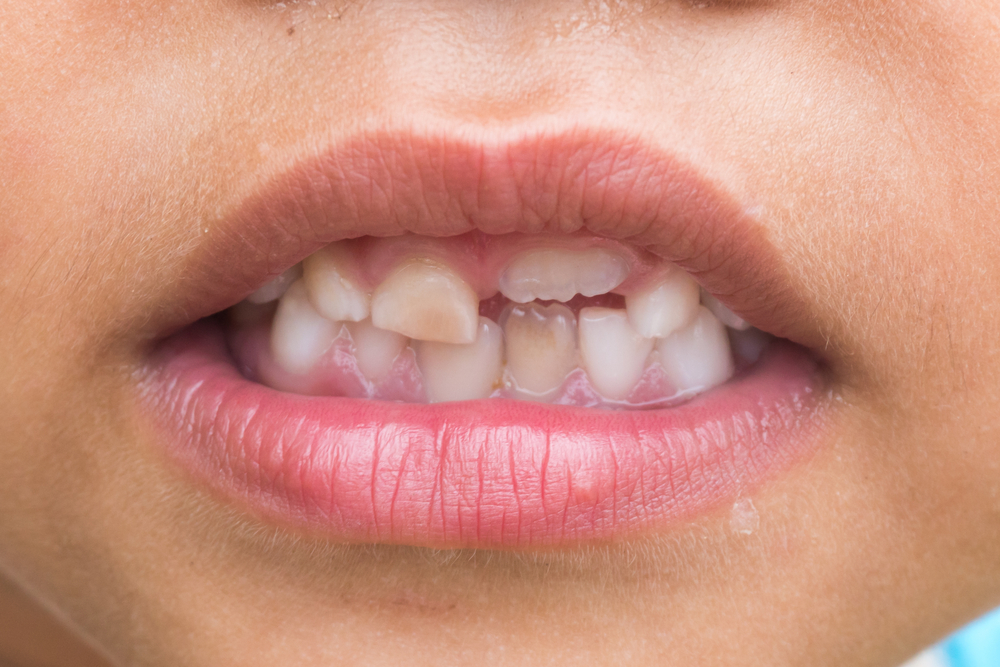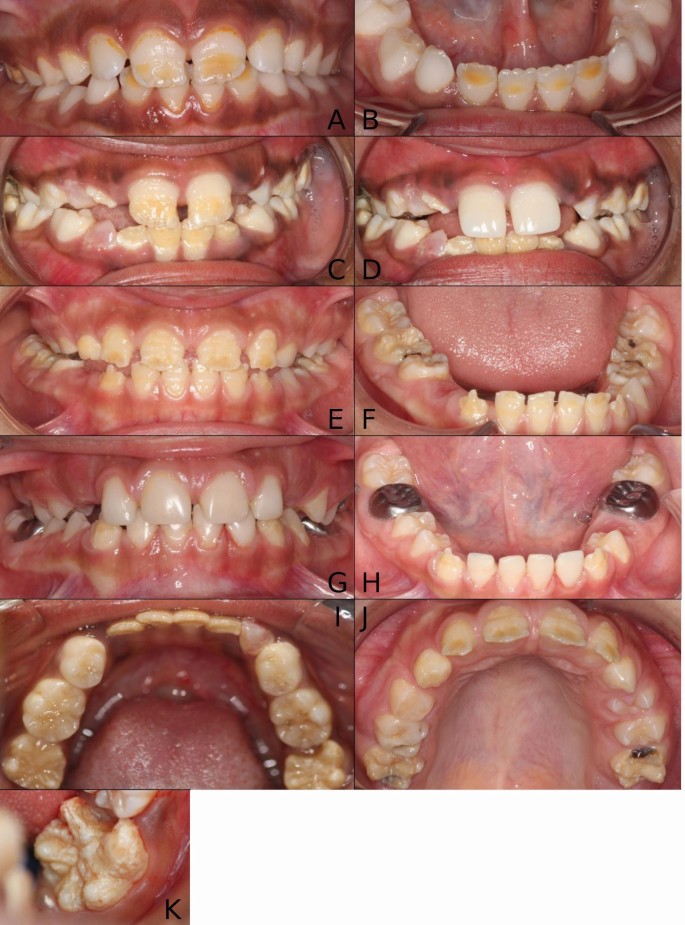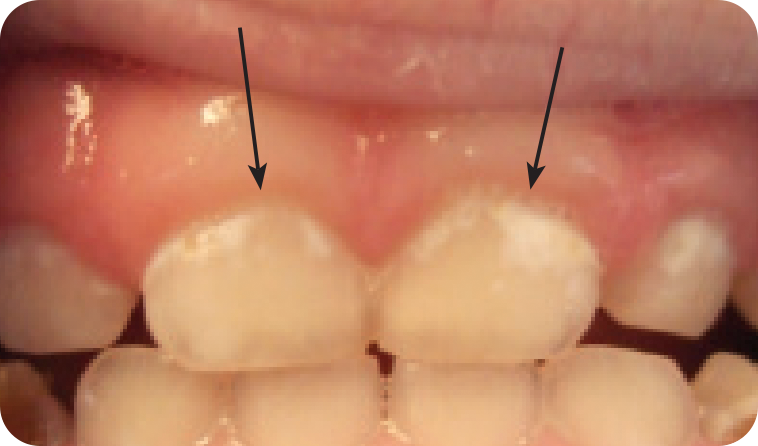Enamel hypoplasia baby teeth ideas
Home » information » Enamel hypoplasia baby teeth ideasYour Enamel hypoplasia baby teeth images are ready in this website. Enamel hypoplasia baby teeth are a topic that is being searched for and liked by netizens now. You can Find and Download the Enamel hypoplasia baby teeth files here. Get all royalty-free vectors.
If you’re looking for enamel hypoplasia baby teeth images information linked to the enamel hypoplasia baby teeth keyword, you have pay a visit to the ideal site. Our site always provides you with hints for viewing the highest quality video and image content, please kindly search and locate more informative video content and graphics that fit your interests.
Enamel Hypoplasia Baby Teeth. Enamel hypoplasia is a defect of the enamel that only occurs while teeth are still developing. Enamel hypoplasia is characterized by the discolored appearance of teeth and can occur in baby teeth andor permanent teeth. Either the formation mineralization or maturation. Enamel for permanent teeth occurs during the first three years of a childs life.
 Chalky Teeth In Children Molar Hypomineralisation Symptoms From monavaledental.com.au
Chalky Teeth In Children Molar Hypomineralisation Symptoms From monavaledental.com.au
Enamel hypoplasia can be seen in both permanent and baby teeth. There are many reasons why this might happen including diseases prenatal. It can cause tooth sensitivity and lead to dental caries. It can appear as a small pit or dent in a tooth or discoloration with excess white yellow or brown. It is important to note that there are varying degrees of hypoplasia. The teeth with hypomineralization are sensitive and can cause children pain when eating and these teeth typically start to deteriorate once they grow in.
The primary canine teeth begin to mineralize 19 weeks after conception and finish their enamel maturation process when the baby is nine months old.
Enamel Hypoplasia is a condition that results in having less enamel than normal. Hypoplasia appears as brown or yellow stains and. This can present itself as naturally thinner enamel layers in newly developed teeth or it can occur as quick disintegration of the tooth enamel after teeth erupt from the gum line. The primary canine teeth begin to mineralize 19 weeks after conception and finish their enamel maturation process when the baby is nine months old. Can Enamel Hypoplasia Affect Both Baby Teeth and Permanent Teeth. Enamel hypoplasia EH is a tooth enamel defect that results in a tooth or teeth having less than the normal amount of enamel.
 Source: ctkidsdentist.com
Source: ctkidsdentist.com
Causes of Enamel Hypoplasia. Hypoplastic teeth also known as enamel hypoplasia is when your enamel has not formed properly or has formed incorrectly. Most of the time it happens before the age of three when the enamel is still developing and more vulnerable to genetic or environmental factors. Either the formation mineralization or maturation. Kelsey Enamel hypoplasia can make the surface of a tooth rough.
 Source: researchgate.net
Source: researchgate.net
On the other hand enamel hypoplasia is a condition where teeth have pits grooves and missing enamel. While this condition is more common among children adults can also be affected. Hypoplasia appears as brown or yellow stains and. The missing enamel is usually localized which results in small dents grooves or pits on the outer surface of the affected tooth. Here are some common aspects of Hereditary Enamel Hypoplasia Darkened or gray baby teeth.
 Source: nature.com
Source: nature.com
Enamel hypoplasia occurs when a tooth has less enamel than normal. Enamel hypoplasia is characterized by the discolored appearance of teeth and can occur in baby teeth andor permanent teeth. The enamel pathology is found in both dairy and permanent teeth with the latter accounting for the highest percentage of diseases leading to an increased risk and further to get other diseases. Hypomineralization is a genetic predisposition for a decreased mineral content in the teeth. Enamel hypoplasia can be seen in both permanent and baby teeth.

Enamel Defect Enamel Hypoplasia Enamel defect is a d evelopmental d ental d efect D3 which can be implicated as weak or chalky enamel with reduced thickness or enamel with poor quality. Baby teeth and permanent teeth can both emerge with enamel that is weak improperly formed or missing altogether. Hypoplasia that affects baby teeth may stem from low birth weight or a birth thats premature by approximately three months. It can cause tooth sensitivity and lead to dental caries. Enamel is missing at least one of the three main stages in enamel.
 Source: wmsmile.com
Source: wmsmile.com
Hypoplastic teeth also known as enamel hypoplasia is when your enamel has not formed properly or has formed incorrectly. Hypoplasia appears as brown or yellow stains and. Most of the time it happens before the age of three when the enamel is still developing and more vulnerable to genetic or environmental factors. Inherited developmental conditions vitamin deficiencies maternal illness medications given to mother prior to birth or to the child during early childhood when teeth are developing preterm birth low birthweight trauma to the teeth infection malnutrition systemic diseases and. It can appear as a small pit or dent in a tooth or discoloration with excess white yellow or brown.
 Source: heightspedoortho.com
Source: heightspedoortho.com
An early birth can interrupt enamel formation that occurs in the womb. The most common sign is chalky spots or creamy yellow or brown or white patches on a childs teeth. It can cause tooth sensitivity and lead to dental caries. There are many different causes of enamel hypoplasia from genetics to environmental factors. Enamel hypoplasia occurs when a tooth has less enamel than normal.
 Source: catsupandmustard.com
Source: catsupandmustard.com
Baby teeth and permanent teeth can both emerge with enamel that is weak improperly formed or missing altogether. In severe cases the enamel does not develop at all. Hypoplasia of tooth enamel a baby can receive and in case of prematurity as a result of trauma received during birth as well as with poor diet severe forms of diseases transferred to the infants. Enamel Defect Enamel Hypoplasia Enamel defect is a d evelopmental d ental d efect D3 which can be implicated as weak or chalky enamel with reduced thickness or enamel with poor quality. The teeth with hypomineralization are sensitive and can cause children pain when eating and these teeth typically start to deteriorate once they grow in.
 Source: babycenter.com.au
Source: babycenter.com.au
Baby teeth and permanent teeth can both emerge with enamel that is weak improperly formed or missing altogether. Either the formation mineralization or maturation. It can also result in smaller teeth. Hypoplasia that affects baby teeth may stem from low birth weight or a birth thats premature by approximately three months. The missing enamel is usually localized which results in small dents grooves or pits on the outer surface of the affected tooth.
 Source: mccordsvillefamilydental.com
Source: mccordsvillefamilydental.com
Enamel for permanent teeth occurs during the first three years of a childs life. Enamel for permanent teeth occurs during the first three years of a childs life. Inherited developmental conditions vitamin deficiencies maternal illness medications given to mother prior to birth or to the child during early childhood when teeth are developing preterm birth low birthweight trauma to the teeth infection malnutrition systemic diseases and. Enamel hypoplasia is a condition of your tooth enamel. Enamel Hypoplasia is a condition that results in having less enamel than normal.
 Source: monavaledental.com.au
Source: monavaledental.com.au
It is important to note that there are varying degrees of hypoplasia. One of these conditions is enamel hypoplasia which literally means underdeveloped enamel A disorder that causes the teeth to develop with thin deficient enamel it sometimes manifests as a pit in the tooth or even a hole. There are many different causes of enamel hypoplasia from genetics to environmental factors. While this condition is more common among children adults can also be affected. This can present itself as naturally thinner enamel layers in newly developed teeth or it can occur as quick disintegration of the tooth enamel after teeth erupt from the gum line.
 Source: thedentalstudio.ae
Source: thedentalstudio.ae
Either the formation mineralization or maturation. Enamel hypoplasia is a genetic disease in which enamel is underdeveloped on some or all of the teeth. It can affect both baby and permanent teeth. Inherited developmental conditions vitamin deficiencies maternal illness medications given to mother prior to birth or to the child during early childhood when teeth are developing preterm birth low birthweight trauma to the teeth infection malnutrition systemic diseases and. Causes of Enamel Hypoplasia.
 Source: styleitaliano.org
Source: styleitaliano.org
Enamel hypoplasia EH is a tooth enamel defect that results in a tooth or teeth having less than the normal amount of enamel. Enamel hypoplasia is a genetic disease in which enamel is underdeveloped on some or all of the teeth. Hypoplasia that affects baby teeth may stem from low birth weight or a birth thats premature by approximately three months. It can cause tooth sensitivity and lead to dental caries. Kelsey Enamel hypoplasia can make the surface of a tooth rough.

The enamel pathology is found in both dairy and permanent teeth with the latter accounting for the highest percentage of diseases leading to an increased risk and further to get other diseases. Kelsey Enamel hypoplasia can make the surface of a tooth rough. More than 75 of enamel defects in the primary teeth of children are considered to be developmental in nature. Hypoplasia that affects baby teeth may stem from low birth weight or a birth thats premature by approximately three months. Hypoplastic teeth also known as enamel hypoplasia is when your enamel has not formed properly or has formed incorrectly.
 Source: styleitaliano.org
Source: styleitaliano.org
Causes of Enamel Hypoplasia. Enamel hypoplasia is a condition of your tooth enamel. The most common sign is chalky spots or creamy yellow or brown or white patches on a childs teeth. Enamel is missing at least one of the three main stages in enamel. An early birth can interrupt enamel formation that occurs in the womb.
 Source: kidsdentalonline.com
Source: kidsdentalonline.com
The most common sign is chalky spots or creamy yellow or brown or white patches on a childs teeth. This can present itself as naturally thinner enamel layers in newly developed teeth or it can occur as quick disintegration of the tooth enamel after teeth erupt from the gum line. Enamel hypoplasia occurs when a tooth has less enamel than normal. Disturbances to the matrix formation process during this time period can lead to enamel hypoplasia in baby teeth. It can also result in smaller teeth.
 Source: heightspedoortho.com
Source: heightspedoortho.com
Kelsey Enamel hypoplasia can make the surface of a tooth rough. Enamel Defect Enamel Hypoplasia Enamel defect is a d evelopmental d ental d efect D3 which can be implicated as weak or chalky enamel with reduced thickness or enamel with poor quality. Most of the time it happens before the age of three when the enamel is still developing and more vulnerable to genetic or environmental factors. The most common sign is chalky spots or creamy yellow or brown or white patches on a childs teeth. Enamel hypoplasia is a genetic disease in which enamel is underdeveloped on some or all of the teeth.
 Source: researchgate.net
Source: researchgate.net
Most of the time it happens before the age of three when the enamel is still developing and more vulnerable to genetic or environmental factors. Still it can affect both baby teeth and permanent teeth. Disturbances to the matrix formation process during this time period can lead to enamel hypoplasia in baby teeth. More than 75 of enamel defects in the primary teeth of children are considered to be developmental in nature. The teeth with hypomineralization are sensitive and can cause children pain when eating and these teeth typically start to deteriorate once they grow in.

Enamel hypoplasia is characterized by the discolored appearance of teeth and can occur in baby teeth andor permanent teeth. The primary canine teeth begin to mineralize 19 weeks after conception and finish their enamel maturation process when the baby is nine months old. Baby teeth and permanent teeth can both emerge with enamel that is weak improperly formed or missing altogether. The enamel pathology is found in both dairy and permanent teeth with the latter accounting for the highest percentage of diseases leading to an increased risk and further to get other diseases. The most common sign is chalky spots or creamy yellow or brown or white patches on a childs teeth.
This site is an open community for users to submit their favorite wallpapers on the internet, all images or pictures in this website are for personal wallpaper use only, it is stricly prohibited to use this wallpaper for commercial purposes, if you are the author and find this image is shared without your permission, please kindly raise a DMCA report to Us.
If you find this site good, please support us by sharing this posts to your own social media accounts like Facebook, Instagram and so on or you can also save this blog page with the title enamel hypoplasia baby teeth by using Ctrl + D for devices a laptop with a Windows operating system or Command + D for laptops with an Apple operating system. If you use a smartphone, you can also use the drawer menu of the browser you are using. Whether it’s a Windows, Mac, iOS or Android operating system, you will still be able to bookmark this website.
Category
Related By Category
- Carbs in baked beans ideas
- Albuterol and blood sugar ideas
- How long does leg waxing last information
- Scrotox before and after information
- Tanfast information
- Is mane and tail safe for color treated hair information
- Coconut oil after microneedling ideas
- Paleo psoriasis ideas
- Erythema marginatum vs multiforme ideas
- Self shoulder adjustment information